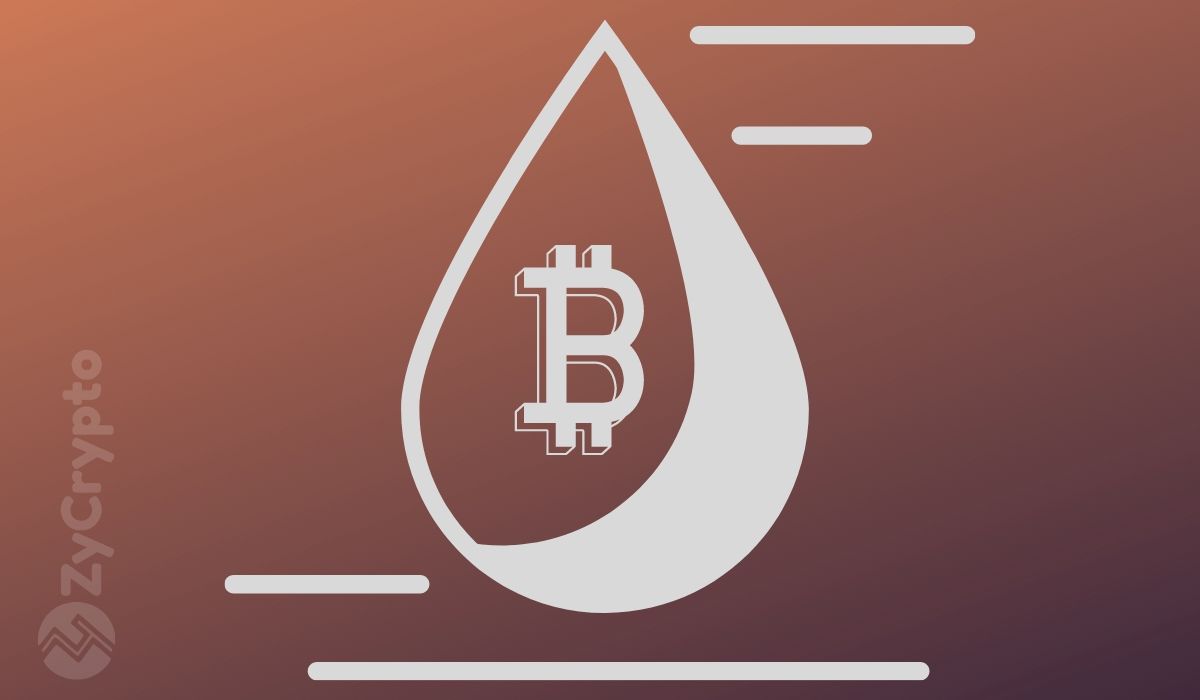ARTICLE AD BOX

Bitcoin (BTC) price remains relatively volatile as it prepares for a busy week with a slew of US economic data releases. The US Consumer Price Index (CPI) or US Inflation data for July is set to be released on August 14 at 12:30 PM GMT and will increase the volatility of risk-on assets like Bitcoin, Ethereum, and stocks.
Investors can expect a slight uptick in the July inflation data, as economists predict a 0.2% month-over-month increase. The core inflation rate, which excludes food and energy prices, is expected to rise 0.3% from the previous month. However, the US core inflation rate forecast shows that it could hold steady at 3.3% annually. The overall CPI is expected to rise to 3.0%, up from 2.9% in the previous month.
 July Inflation Data
July Inflation DataSince the forecasts suggest a moderate increase in inflationary pressures, it could impact the Fed’s opinion on the upcoming interest rate cut decision.
The target interest rate is currently within the 525 to 550 basis point range. CME’s FedWatch Tool shows that the market is almost evenly split between a 25-basis-point and a 50-basis-point rate cut in September.
 CME FedWatch Tool
CME FedWatch ToolJuly Inflation Data Impact on Bitcoin Price
This week, a slew of US macroeconomic events could bring about a massive uptick in volatility for Bitcoin and the rest of the cryptocurrency market.
Investors need to understand that the deviation of the macroeconomic data from expectations initially drives the crypto market. Following this, Bitcoin moves depending on how the data affects the general risk-on category of assets.
Let’s explore how Bitcoin price has reacted to CPI data in the past.
- If July inflation data exceeds expectations:
- In most cases, Bitcoin price increases as investors seek safe-haven assets.
- However, if the uptick in inflation raises concerns about interest rate hikes, Bitcoin price decreases.
- If July inflation data is in line or lower expectations:
- Bitcoin price has often decreased as investors seek higher-yielding assets.
- If the lower inflation rate hints at a dovish stance from the Fed, it could trigger a Bitcoin price rally.
On the other hand, market sentiment surrounding CPI can also impact Bitcoin prices. For example,
- Strong CPI data coupled with positive sentiment could propel Bitcoin price higher since it could signal confidence in the economy.
- Weak CPI data could signal concerns about economic growth and, in general, reduce the demand for risk-on assets like BTC and trigger a correction.
What BTC Price Needs To Do?
Bitcoin price has been trading around the $60,000 psychological level with no directional bias. This is not unheard of for BTC as volatility often dries up ahead of major macroeconomic events like the US CPI.
On the four-hour time frame, $54,700 to $54,900 is a key range for a higher low to form for BTC price to preserve the ongoing recovery rally. If successful, it would suggest BTC’s local bottom was set up on August 5 and could improve the odds of resuming the uptrend.
If US CPI comes in hotter than expected without negatively impacting the US economic outlook, then the Fed could consider cutting the interest rate by 50 basis points, as noted by CME’s FedWatch Tool. This dovish outlook from the Fed could serve as a tailwind, propelling Bitcoin price to mount a full-scale recovery rally to the daily resistance level of roughly $64,000. In a highly bullish case, however, BTC could attempt a retest of $70,000.
 BTC price 4-hour chart
BTC price 4-hour chartAlso read: Bitcoin Price Prediction: How T-bill Issuance and RRP Affect BTC price
On the other hand, if Bitcoin price flips the $54,700 support level, it would invalidate the recovery rally by creating a lower low. A failure to overcome the said level should promptly send BTC crashing. In such a case, the death cross-sell signal that flashed on August 10 forecasts a 30% correction based on historical data.
The post How Will July Inflation Data Affect Bitcoin Price? appeared first on CoinGape.
.png)
 4 months ago
1
4 months ago
1








 English (US)
English (US)